50 Years, 50 Data Users: Impacting Policy, Improving Nutrition, Preparing Future Generations
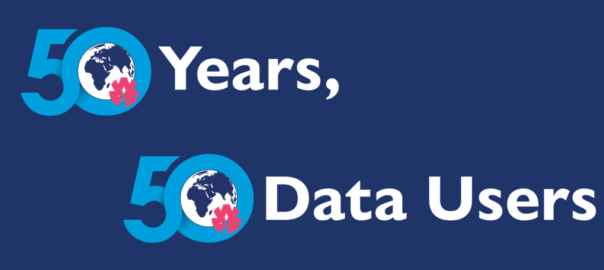
Since the beginning of 2022, The DHS Program has been celebrating USAID’s 50-year commitment to high-quality data collection, evidence-based decision making, and local country ownership of health and demographic information, first through the World Fertility Survey (WFS), 1972-1984, and since 1984 through The DHS Program.
WFS and DHS data are being used around the world by analysts, program managers, researchers, public health officials, policy makers, program managers and implementers, and journalists to impact policy, improve nutrition, prepare future generations of data users, and more. Throughout the year, the DHS Program has been reaching out across the globe for examples and stories, and we are happy to share some of them in this blog. Read about the first 10 data users, the second group of 10 data users, and the last group of data users on the DHS blog. Meet the newest group of featured DHS data users below!

Mahongora Kavihuha
(Namibia)
“As a public official, I rely on DHS data to make sound decisions for the wellbeing of my country”
Mahongora Kavihuha (Namibia)
Current role: Secretary General, Trade Union Congress of Namibia
How I have used WFS/DHS data: I used data from the 2013 Namibia DHS to create a paper arguing for greater maternity leave to allow mothers a longer period of breastfeeding their infants. I was also on the team that used DHS data to increase the cap on social security benefits.
Without the reliable data that The DHS Program helps us collect and analyze, we would be blind and just guessing what to do, because many governments are reluctant to provide concrete statistics.
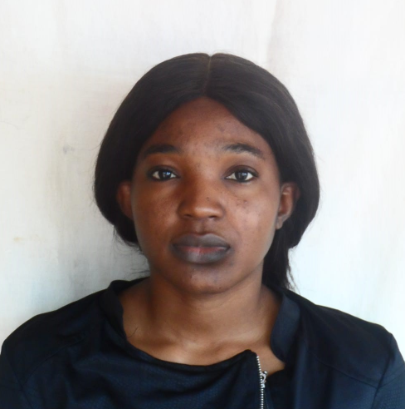
Manuella Ndjakwa (Cameroon)
“The DHS Program website is my favorite resource. It’s easy to use and there are many useful tools and tips that are helping me become a better health economist”
Manuella Ndjakwa (Cameroon)
Translated from French
Current role: PhD Candidate, Université de Dschang
How I have used WFS/DHS data: I have used the 2018 Cameroon DHS for my dissertation research. I analyzed the effect of women’s employment on the nutritional status of children under five. I also used DHS data to analyze the relationship between women’s employment and intimate partner violence.
The DHS Program offers many interesting and helpful tutorial videos available on their YouTube channel and open courses on the Learning Hub, which have helped me use DHS data to its fullest capacity.
DHS data allow researchers to truly study specific health issues in our different contexts with representative data, which significantly improves economic science and medicine. Without The DHS Program, studies would not be conducted. It would be difficult for science to find solutions without valid data.

Md Jamal Uddin (Bangladesh)
“The DHS Program is crucial. We know that without evidence we cannot make policy. Without policy, we cannot create interventions to improve global health”
Md Jamal Uddin (Bangladesh)
Current role: Professor, Department of Statistics, Shahjalal University of Science and Technology
How I have used WFS/DHS data: I used data from the 2004 Bangladesh DHS for my Master of Science thesis about infant and child mortality. Since then, I have been using DHS data for my own research in addition to using it to teach my students.
I have published many articles using DHS surveys. Most recently, I co-authored the article “Diabetes among adults in Bangladesh: changes in prevalence and risk factors between two cross-sectional surveys” which used data from the 2011 Bangladesh DHS and the 2017-18 Bangladesh DHS.
The DHS Program website is easy to use, and the data are very well organized and clear. It also helps that there is a consistent structure across countries.

Krista Stewart (United States)
“The DHS Program is a key tool for allowing USAID to monitor and evaluate health programs”
Krista Stewart (United States)
Current role: Public Health Analyst, USAID (retired)
How I have used WFS/DHS data: The DHS Program is a key tool for allowing USAID to monitor and evaluate health programs. It enables program managers to identify where the most significant problems are to facilitate enhanced program targeting. In turn, the effectiveness of program interventions can be monitored and evaluated.
In the early years, DHS data were highly effective in targeting family planning programs, identifying where the greatest needs existed. The usefulness of DHS data in these programs stimulated the expansion to other health areas.
My favorite way to access DHS data is via the hard copy reports, particularly if I am focused on just one country. But I think that tools like STATCompiler are much more practical. I value the biomarker data the most because they do not rely on subjective responses.
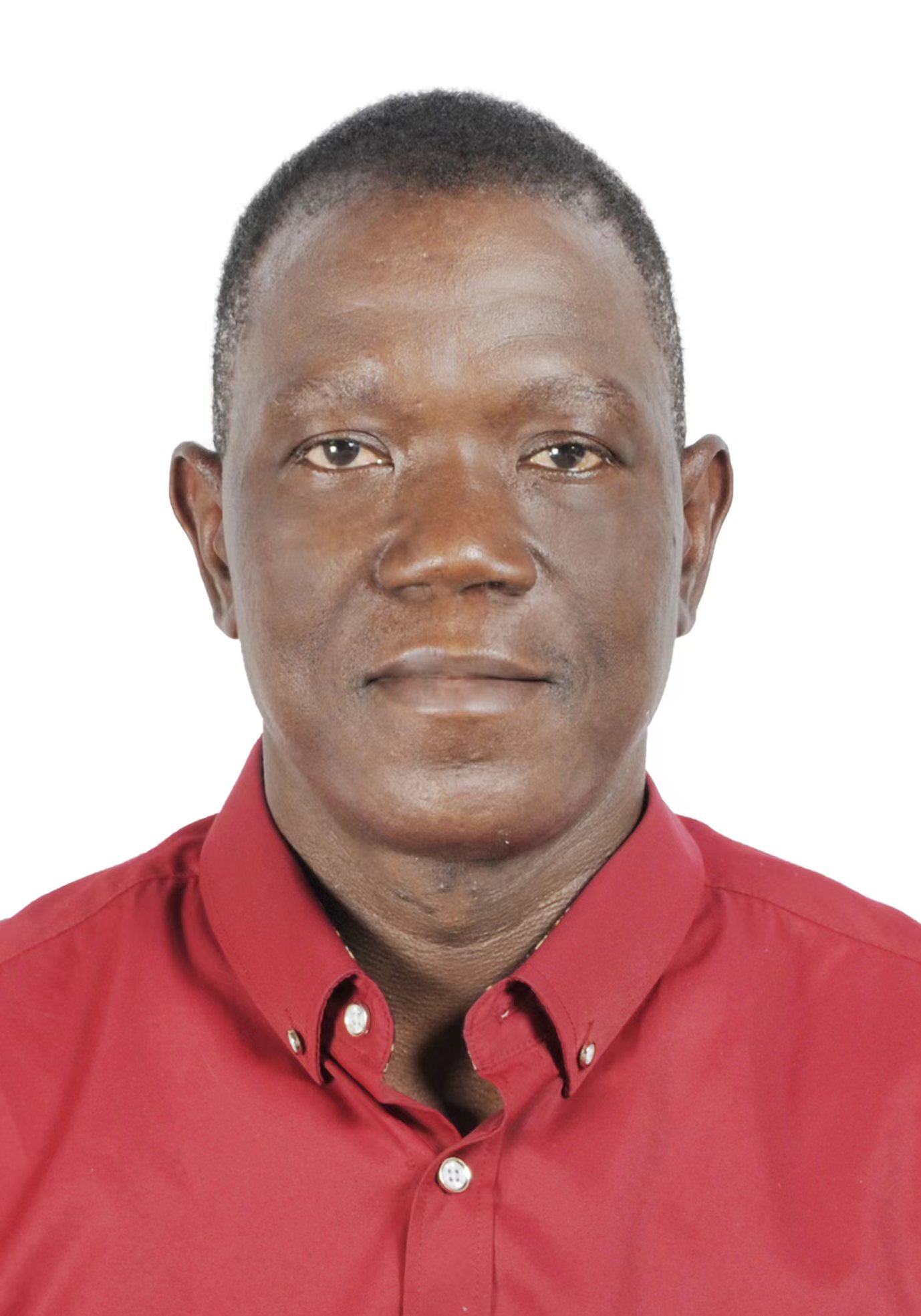
Idrissa Laybohr Kamara (China)
“Without The DHS Program, researchers and policymakers would find it very difficult to track diseases and development indicators, making programming and resource distribution in the right places impossible”
Idrissa Laybohr Kamara (China)
Current role: PhD Candidate, Shangdong University
How I have used WFS/DHS data: I am using DHS data for my PhD research and dissertation in epidemiology and biostatistics. Through The DHS Program, I have learned how to use GIS software to perform geostatistical analysis to understand how HIV prevalence varies across the four Mano River Union countries of West Africa, using the 2011-12 Côte d’Ivoire DHS, 2018 Guinea DHS, 2019-20 Liberia DHS, and 2019 Sierra Leone DHS.
My relationship with The DHS Program goes further back. I was a biomarker specialist in malaria microscopy and a data analyst for the 2013 Sierra Leone Malaria Indicator Survey (MIS) and the 2016 Sierra Leone MIS.
DHS program data is the backbone for reliable and publicly available health data in resource-limited countries. DHS data also serve as the ultimate data source to study disease trends in Africa and beyond.
HIV indicators are my favorite to study and analyze. In the past, people were dying of AIDS and not knowing they had become infected by HIV in the first place. The DHS Program has saved lives by improving knowledge about HIV testing, status, prevention, and treatment.
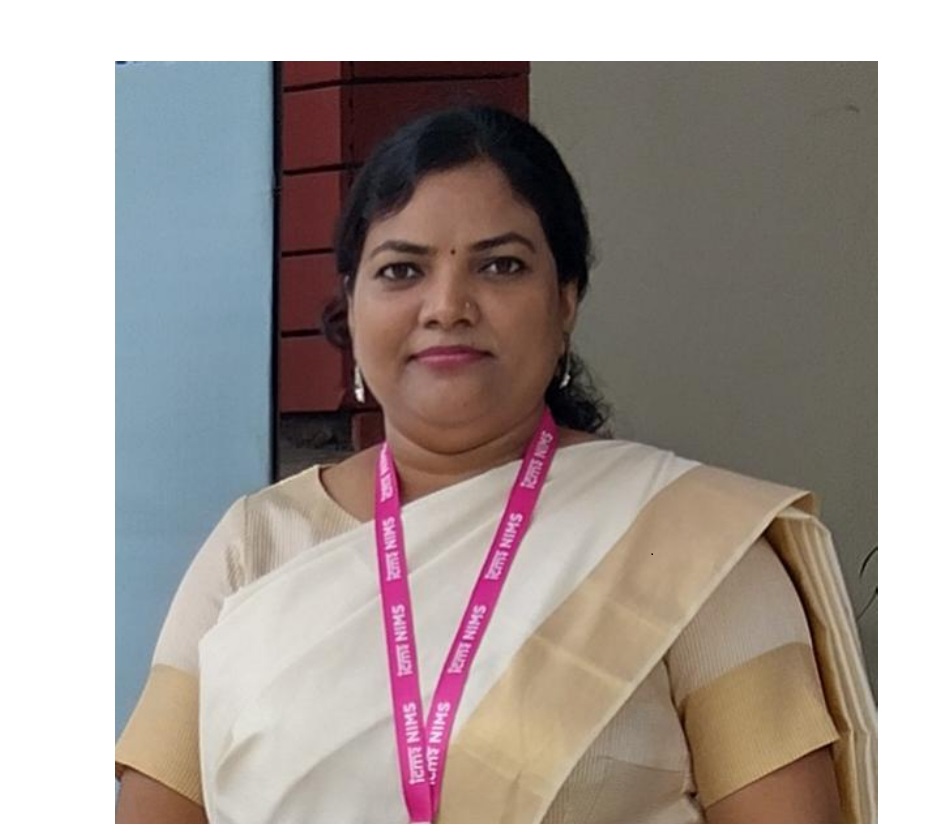
Shashi Kala Saroj
(India)
“Accessing large amounts of information about women and children’s health and basic household goods gave me a clear picture of the living conditions of individual communities”
Shashi Kala Saroj (India)
Current role: Research Associate, Indian Council of Medical Research, National Institute of Medical Statistics
How I have used WFS/DHS data: The DHS Program provides reliable and valid data. I used the first four DHS-produced Indian National Family Health Surveys (1992-93 India DHS, 1998-99 India DHS, 2005-06 India DHS, 2015-16 India DHS) for research on my PhD dissertation. I was able to access large amounts of information about women and children’s health and mortality, fertility, gender-based violence, and basic household goods, which gave me a clear picture of the living conditions of individual communities.
My favorite DHS indicators include antenatal care and wealth indices because they are easy to generate and use, and they help me understand current living conditions and make suggestions for improving policy and development programs. I often use DHS data to make comparative assessments of healthcare and services across the country.
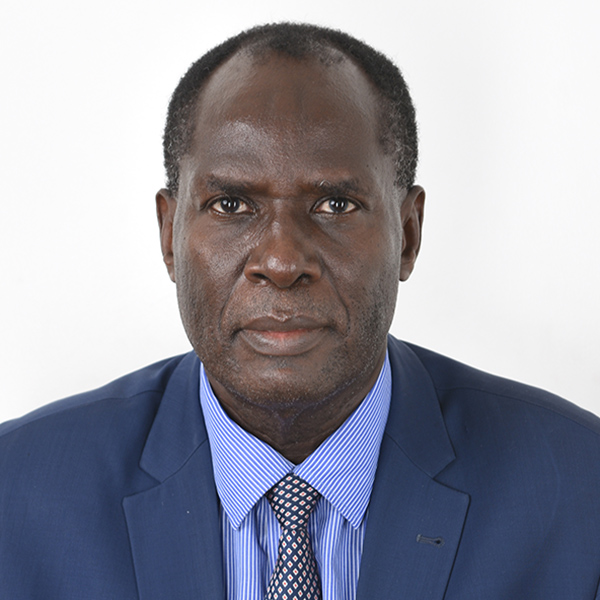
David Ojakaa (Kenya)
“As a Consultant Researcher, DHS datasets and manuals constitute my single most reliable and preferred reference materials as I advise my clients”
David Ojakaa (Kenya)
Current role: Consultant/Director, BRIM Research LTD
How I have used WFS/DHS data: My first involvement with The DHS Program was when I worked as the technical coordinator of the first Kenya DHS in 1988. As a newly recruited demographer who had just completed a Master of Science in Population Studies at the University of Nairobi, I was handed the much envied and unique, yet technically challenging job of coordinating all technical aspects of this massive, nation-wide survey.
So transformative was this experience that the International Planned Parenthood Federation Africa Regional Office (IPPFRO) recruited me as their Program Adviser for Research and Evaluation. I fell in love with the profession. When I enrolled for the PhD program in Demography at the Université de Montréal in Québec, Canada, it was very clear in mind that I had to use the Kenya World Fertility Survey and the Kenya DHS surveys that had been completed then for my dissertation.
My use of WFS and DHS datasets increased during the PhD program as a DHS Fellow. I continue to use DHS data to publish articles and make presentations at the International Union for the Scientific Study of Population (IUSSP).

Given Chipili (Zambia)
“Because The DHS Program collects data even from the most remote rural areas, it has helped policy makers prioritize areas that need more attention”
Given Chipili (Zambia)
Current role: Lecturer, Mukuba University
How I have used WFS/DHS data: I use data from the 2013-14 Zambia DHS and the 2018 Zambia DHS to inform my analysis of maternal and child nutrition across the country. My focus has been on malnutrition in children under five, specifically looking at stunting, wasting, and underweight. I have also used data on infant and young child feeding and anemia in women and children.
Over the years we have seen a very big improvement in policy implementation. This is because The DHS Program collects data even from the most remote rural areas. The DHS Program has helped policy makers globally to prioritize areas that need more attention, thus saving more lives and improving people’s well-being.

Ngianga-Bakwin Kandala
(South Africa)
“If DHS data were not available, we would have huge gaps in our knowledge of public health”
Ngianga-Bakwin Kandala (South Africa)
Current role: Distinguished Professor of Biostatistics, University of Witwatersrand School of Public Health
How I have used WFS/DHS data: I have been using DHS data since 1999 when working on my PhD. Ever since, 90% of my research relies on DHS data. I have published five books and over 100 publications using DHS data. I have also mentored 16 PhD students and taught them to use DHS data.
Many of my publications have informed policy and practice in several countries. For example, my work using female genital mutilation (FGM) data around the world has informed policymaking at the United Nations, specifically the UNICEF-UNFPA Joint Programme on the Elimination of FGM. Other examples of policymaking based on DHS data include my research on obesity, malnutrition, and childhood morbidity. I am especially interested in spatial analysis, as location and environment matter when evaluating health outcomes.

Anum Zhara (Netherlands)
“The DHS Program is paramount. Information is power that allows us to change things for the better”
Anum Zhara (Netherlands)
Current role: PhD candidate, University Medical Center Utrecht
How I have used WFS/DHS data: I first used DHS program data for my Master of Science final project at the London School of Hygiene and Tropical Medicine. I looked at Pakistan Demographic and Health Survey data about consanguinity and child mortality in the 2006-07 Pakistan DHS, 2012-13 Pakistan DHS, and 2017-18 Pakistan DHS. It was an amazing and very powerful learning experience as an epidemiology student.
My favorite DHS indicators are infant mortality and other mortality statistics. Pakistan has among the highest mortality rates in the world. I appreciate that as an epidemiologist, I can analyze Pakistan DHS data to support my own research.
Nominate Yourself or Another Data User to be Featured
Have you used WFS or DHS Program data to develop or implement policies, programs, and projects in low- and middle-income countries? Have you used WFS or DHS Program data in your research? Do you know someone who champions WFS or DHS Program data use in their work? Nominate yourself or someone else by filling out a brief form and you may be chosen to be featured as one of 50 data users.
¿Conoce a alguien que promueva el uso de los datos del Programa DHS en su trabajo o investigación? Nomínelo para que figure como uno de los 50 usuarios(a) de datos para celebrar los 50 años de datos del Programa DHS y de la Encuesta Mundial de Fecundidad.
Connaissez-vous quelqu’un qui encourage l’emploi des données du DHS Program avec leur travail ou recherche ? Proposez sa candidature d’être l’un des 50 utilisateurs de données sélectionnés pour célébrer 50 ans de données

